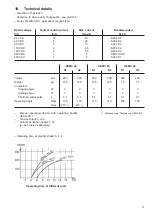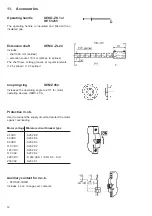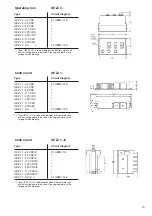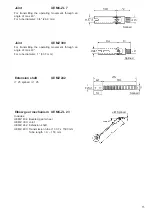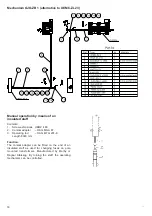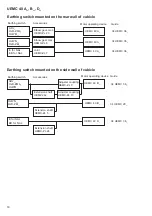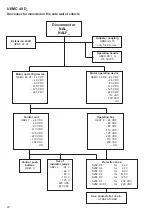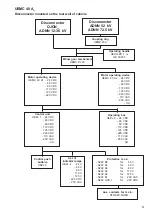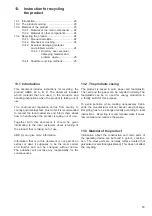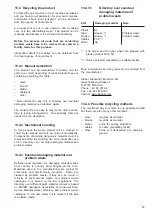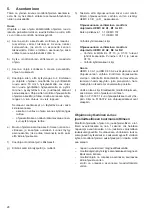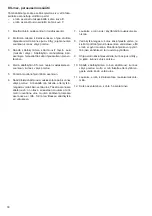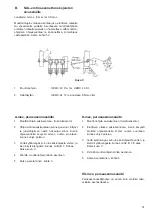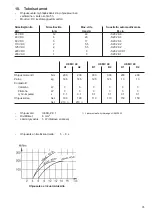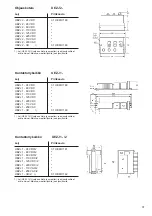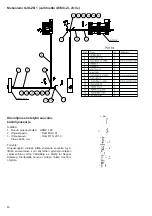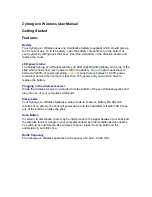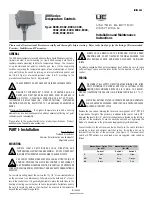
25
13.4.3.1
Directory over eventual
damaging material and
problem waste
Part
Damaging material
Note
Plastic No
Steel
Grease *)
Problem waste
Bronze
Grease *)
Problem waste
Cables PVC
**)
Other No
*) The screw and the gear wheel are greased with
grease
(Isofl ex NCA 52).
**) Does not inhibit granulating in suitable facility.
More information abou the grease can be ordered from
the manufacturer:
Klüber Lubrication München KG
Geisenhausenerstrasse 7
D-81379 München
Phone: +49 89 7876-0
Fax: +49 89 7876-333
Internet: www.klueber.com
13.4.4 Possible reclycling methods
The mentioned way to recycle is one possible method
but there are also many other methods:
– steel
recycles as material
– bronze
recycles as material
– plastic
burns for energy production
– cables
to cable granulating facility
– other
burns or is transported to a dumping
ground
13.4 Recycling the product
To deal with junk requires in most countries permission
and you have to get permission for your own company.
Information about local junkyards can be obtained
from the agency of environment.
A product that is not in use anymore can be taking
care of in two alternatively ways. The product can be
manually demolished or be crushed mechanically.
Before the process all parts that are containing
problem waste have to be removed and send to a
facility made for this purpose.
lnformation about the facilities can be obtained from
the local agency of environment.
13.4.1 Manual demolition
The product can be demolished manually and the
parts are sorted depending of what material they are
containing according this table:
– steel*
– bronze*
– plastic
– cablejunk
– other
* More information, see 13.4.3. directory over eventual
damaging material and problem waste.
The metal parts are easy to recycle the others accor-
ding to locally arrangements. No especially tools are
needed for the demolition.
13.4.2 Mechanical crushing
ln this process the whole product will be crushed to
small metal pieces and will be sorted automatically.
Components containing dangerous material must be
removed before the crushing (for more information see
13.4.3. directory over eventual damaging material and
problem waste).
13.4.3 Eventual damaging material and
problem
waste
Defi nition and regulation for damaging material varies
from country to country and changes all the time.
Materials used in the manufacturing are typical for
electrically and electronically products. Some are
classed as problem waste, if they can be found in
ministry of environments waste- and problem waste
catalogue. It is based on the EU regulations. The
directory over different parts material content is based
on EACEM (European Association of Consumer Elec-
tronics Manufacturers) directory and problem waste
catalogue. In the note column it is marked if the part
is problem waste.
Summary of Contents for UEMC 40 A Series
Page 26: ...26 26 ...
Page 50: ...50 50 ...
Page 74: ...74 74 ...
Page 86: ...86 86 ...
Page 87: ...87 ...

